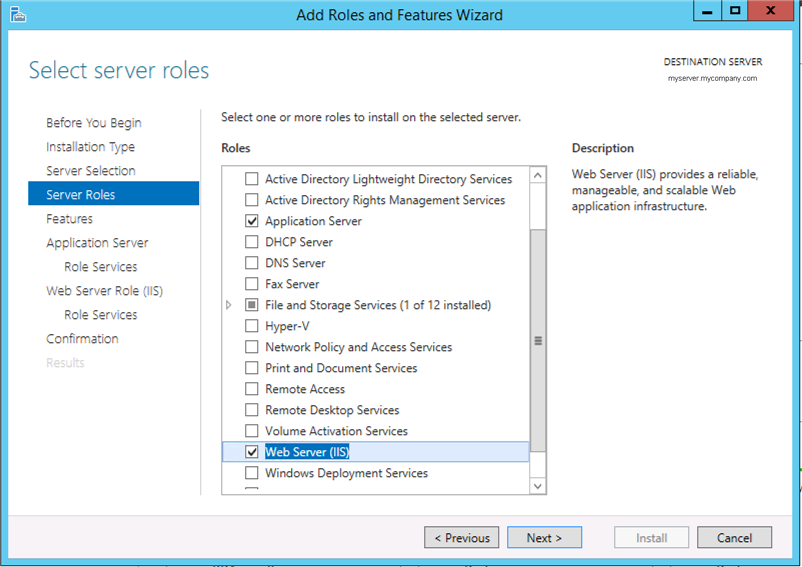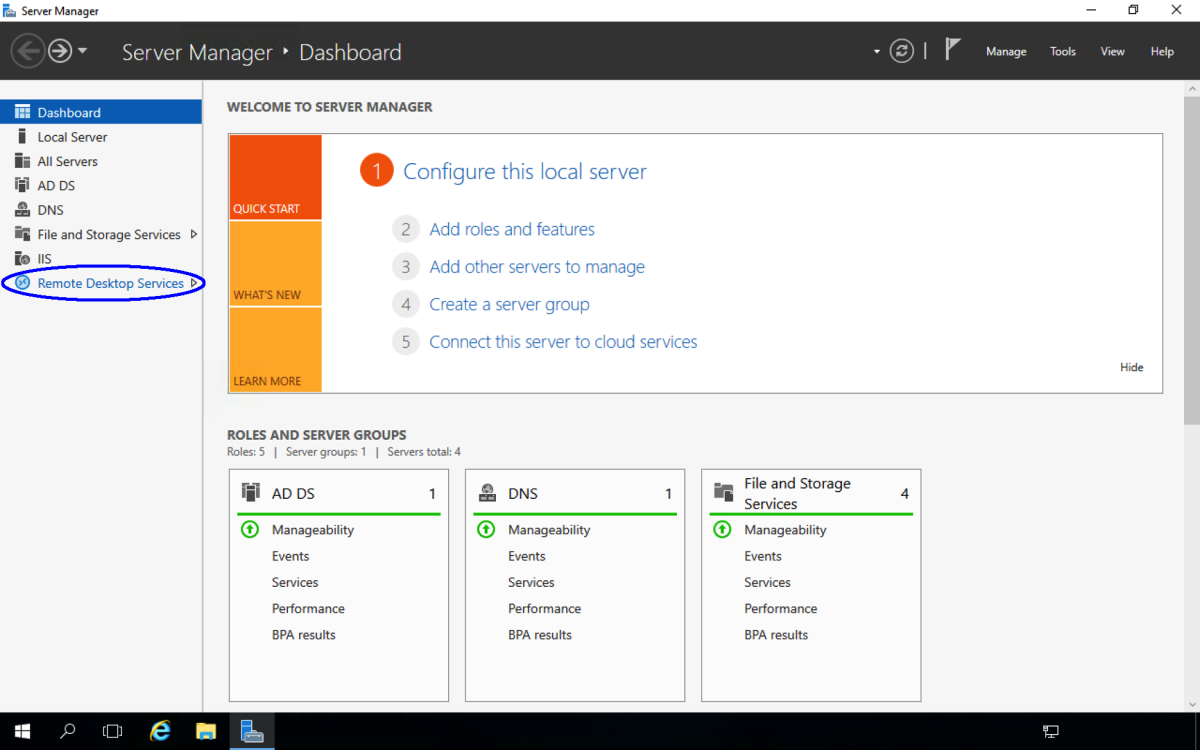
- Windows server 2016 remote desktop services tools how to#
- Windows server 2016 remote desktop services tools zip file#
- Windows server 2016 remote desktop services tools software#
- Windows server 2016 remote desktop services tools password#
- Windows server 2016 remote desktop services tools zip#
Windows server 2016 remote desktop services tools software#
Specialist software which doesn’t run over a VPN or is not cloud based is ideally suited to RDS deployments. We’re seeing less and less RDS deployments but some situations still require some lite RDS access.
Windows server 2016 remote desktop services tools how to#
Welcome to my guide on how to configure a single server Remote Desktop Services (RDS) deployment using server 2016. Posted By in Windows Server | 29 comments
Windows server 2016 remote desktop services tools zip#
Write-Host("The operation to cache logon credentials for " + $Username + " on " + $RDSHostname + " " + $opstatus + "`r`n")įor your convenience, you can download both the batch file and Powershell script here in a zip file.How to Setup a Single Server RDS Deployment Using Server 2016 $retVal = $WMIHandle.ExplicitLogon($Username,$DomainName,$Password)
Windows server 2016 remote desktop services tools password#
Write-Host("The operation to disable password prompting for " + $Username + " on " + $RDSHostname + " " + $opstatus + "`r`n") $retVal = $WMIHandle.SetPromptForPassword(0) $WMIHandles = Get-WmiObject -Class "Win32_TSLogonSetting" -Namespace "root\CIMV2\terminalservices" -ComputerName $RDSHostName -Authentication PacketPrivacy -Impersonation Impersonate Write-Host("The operation to set initial startup program " + $PathToStartupProgram + " on " + $RDSHostname + " " + $opstatus + "`r`n")


$retVal = $WMIHandle.InitialProgram($PathToStartupProgram,$PathToWorkingDirectory) If($WMIHandle.TerminalName -eq "RDP-Tcp") $WMIHandles = Get-WmiObject -Class "Win32_TSEnvironmentSetting" -Namespace "root\CIMV2\terminalservices" -ComputerName $RDSHostName -Authentication PacketPrivacy -Impersonation Impersonate $RDSHostName, $Domainname, $Username, $Password, $PathToStartupProgram, $PathToWorkingDirectory


REG ADD "HKLM\SYSTEM\CurrentControlSet\Control\Terminal Server\WinStations\RDP-Tcp" /v SecurityLayer /t REG_DWORD /d 0 /f REG ADD "HKLM\SYSTEM\CurrentControlSet\Control\Terminal Server\WinStations\RDP-Tcp" /v UserAuthentication /t REG_DWORD /d 0 /f Here are those three changes, which I placed into a batch file I called “disablenla.bat.” DisableNLA.bat REG ADD "HKLM\SYSTEM\CurrentControlSet\Control\Terminal Server\WinStations\RDP-Tcp" /v fInheritAutoLogon /t REG_DWORD /d 0 /f The first step involved is to change a few registry settings to disable NLA, downgrade the SecurityLayer to RDP authentication, and also to permit the Powershell script to place the server into auto-login mode. For Internet connected Remote Desktop Servers, use RemoteApp with individual user authentication and NLA enabled to serve up apps to users. This severely weakens the security of the terminal server. As part of this process, you disable NLA (Network Level Authentication) and you cache login credentials on the server.
Windows server 2016 remote desktop services tools zip file#
Here are the steps I took, and I’ve bundled both the batch file and the PowerShell script in a downloadable zip file below.įirst, a big disclaimer: You should only use these techniques on internal, non-Internet connected terminal servers to run a Kiosk-style system. It used to be a lot easier to create an automatic, cached Kiosk-style RDP login in Server 2008 The Solution: Registry Tweaks and Powershell WMI CallsĪfter doing some research, I determined that it was possible to replicate this behavior on Windows Server 2012 and later, but that it required both some registry tweaks and some specific WMI calls via Powershell in a specific order.


 0 kommentar(er)
0 kommentar(er)
